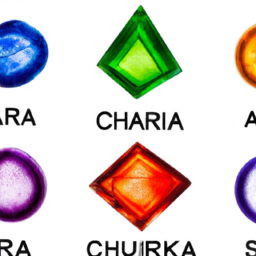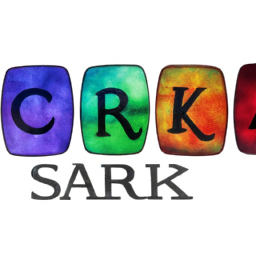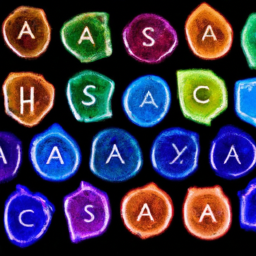
?
Chakras are energy centers located in our bodies that were first discovered and documented thousands of years ago. These energy centers play a crucial role in our physical, emotional, and spiritual well-being. They have been studied and utilized by many ancient cultures and are still an essential aspect of spiritual practices and healing modalities today. But when exactly were chakras discovered? Let’s dive into the history and evolution of this fascinating concept.
The Origins of Chakras
The concept of chakras originated in ancient India around 1500 to 500 BC, as part of the spiritual tradition of Hinduism. The word “chakra” is derived from the Sanskrit word meaning “wheel” or “circle”. In Hinduism, chakras are believed to be spinning circles of energy that run along the spine, from the base to the crown of the head.
The earliest mention of chakras can be found in the Vedas, a collection of ancient Hindu scriptures. These texts describe seven energy centers, each corresponding to a specific location along the spine and associated with different physical and emotional attributes. They are also linked to specific deities and mantras used in meditation and chanting.
Chakras were initially viewed as part of a complex spiritual system that focused on achieving enlightenment. Their activation and balancing were believed to lead to a higher state of consciousness and spiritual awakening.
The Spread of Chakras
The concept of chakras didn’t stay confined to Hinduism. It spread to other spiritual and religious traditions as well. In Buddhism, chakras are referred to as “wheels of light” and are associated with the process of enlightenment. Tibetan Buddhism also acknowledges the existence of chakras and works with them in their spiritual practices and teachings.
The Chinese and Japanese traditions also have their own versions of chakras. In Chinese medicine, the energy centers are known as ”dan tians” and are considered vital for physical and spiritual well-being. In Japan, the chakra system is referred to as the “microcosmic orbit” and is used in various healing and meditation practices.
Chakras also made their way into Western esoteric traditions, such as Kabbalah and Hermeticism, in the 19th and 20th centuries. This is when the concept of chakras started to gain popularity in the Western world and was introduced to a broader audience outside of spiritual and religious traditions.
Modern Use of Chakras
In the 20th century, chakras were further popularized by famous spiritual teachers and gurus, such as Paramahansa Yogananda and Maharishi Mahesh Yogi. Yogananda’s book, “Autobiography of a Yogi”, introduced chakras to a wider audience, making them more accessible and understandable to the Western world.
Chakras are now widely recognized and used in various spiritual and healing practices, including yoga, reiki, acupuncture, and meditation. They are also a significant part of the New Age movement, which integrates ancient spiritual and philosophical beliefs into a modern-day spiritual path.
Today, chakras are not only a part of religious and spiritual practices but have also gained traction in the scientific community. There have been numerous studies and research on the chakra system and its correlation to physical and emotional health, providing evidence for its existence and importance.
In Conclusion
The discovery of chakras can be traced back to ancient times, with the earliest documented mention in the Vedas. However, their origin and purpose have evolved and spread throughout different cultures and traditions over the centuries. Today, they are acknowledged and utilized by many as a means of achieving balance and harmony in all aspects of life.
Whether you believe in the existence of chakras or not, there is no denying the influence they have had on spiritual and healing practices throughout history. As we continue to explore and embrace ancient knowledge and practices, the concept of chakras will undoubtedly remain relevant and significant in our lives.





Interesting!
#Amazing that such an ancient concept has been around for so long – the power of antiquity!